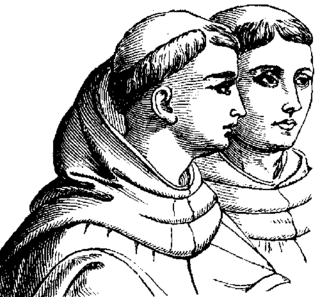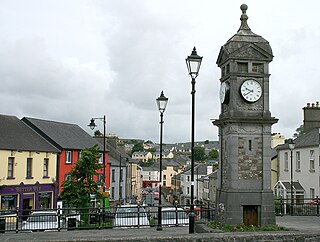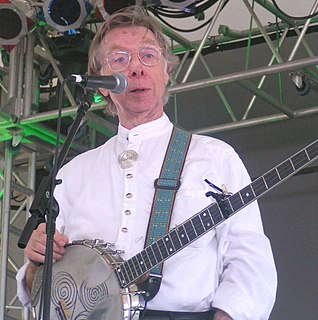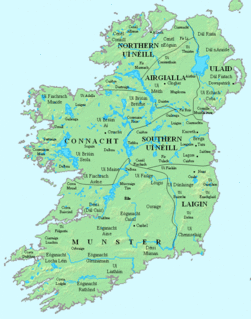| Dolmen of the Four Maols | |
|---|---|
| Native name Irish: Dolmain na gCeithre Maol | |
| Clogbogle Ballina Portal Tomb Table of the Giants | |
 | |
| Type | cist |
| Location | Primrose Hill, Ballina, County Mayo, Ireland |
| Coordinates | 54°06′25″N9°09′57″W / 54.107036°N 9.165794°W Coordinates: 54°06′25″N9°09′57″W / 54.107036°N 9.165794°W |
| Elevation | 19 m (62 ft) |
| Height | 1.28 m (4 ft 2 in) |
| Built | c. 2000 BC |
| Owner | Office of Public Works |
| Official name: Ballina Portal Tomb | |
| Reference no. | 145 |
The Dolmen of the Four Maols is a cist and National Monument located in County Mayo, Ireland. [1] [2] [3]

A cist is a small stone-built coffin-like box or ossuary used to hold the bodies of the dead. Examples can be found across Europe and in the Middle East. A cist may have been associated with other monuments, perhaps under a cairn or long barrow. Several cists are sometimes found close together within the same cairn or barrow. Often ornaments have been found within an excavated cist, indicating the wealth or prominence of the interred individual.
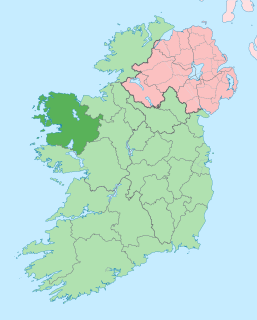
County Mayo is a county in Ireland. In the West of Ireland, in the province of Connacht, it is named after the village of Mayo, now generally known as Mayo Abbey. Mayo County Council is the local authority. The population was 130,507 at the 2016 census. The boundaries of the county, which was formed in 1585, reflect the Mac William Íochtar lordship at that time.

Ireland, also known as the Republic of Ireland, is a country in north-western Europe occupying 26 of 32 counties of the island of Ireland. The capital and largest city is Dublin, which is located on the eastern side of the island. Around a third of the country's population of 4.9 million people resides in the greater Dublin area. The sovereign state shares its only land border with Northern Ireland, a part of the United Kingdom. It is otherwise surrounded by the Atlantic Ocean, with the Celtic Sea to the south, St George's Channel to the south-east, and the Irish Sea to the east. It is a unitary, parliamentary republic. The legislature, the Oireachtas, consists of a lower house, Dáil Éireann, an upper house, Seanad Éireann, and an elected President who serves as the largely ceremonial head of state, but with some important powers and duties. The head of government is the Taoiseach, who is elected by the Dáil and appointed by the President; the Taoiseach in turn appoints other government ministers.



